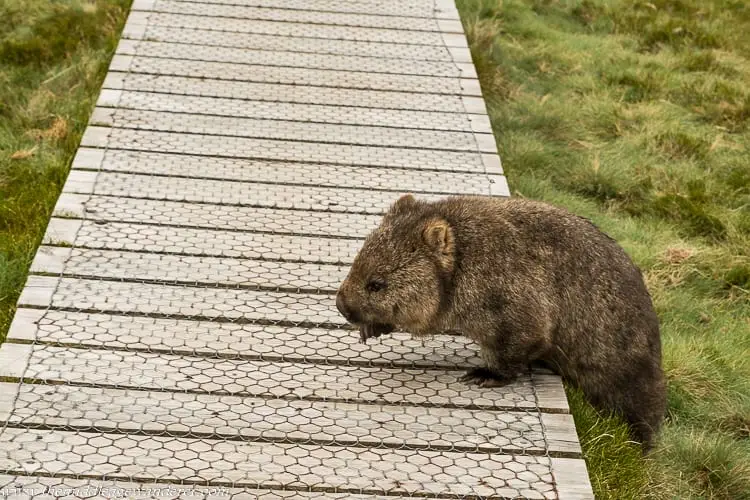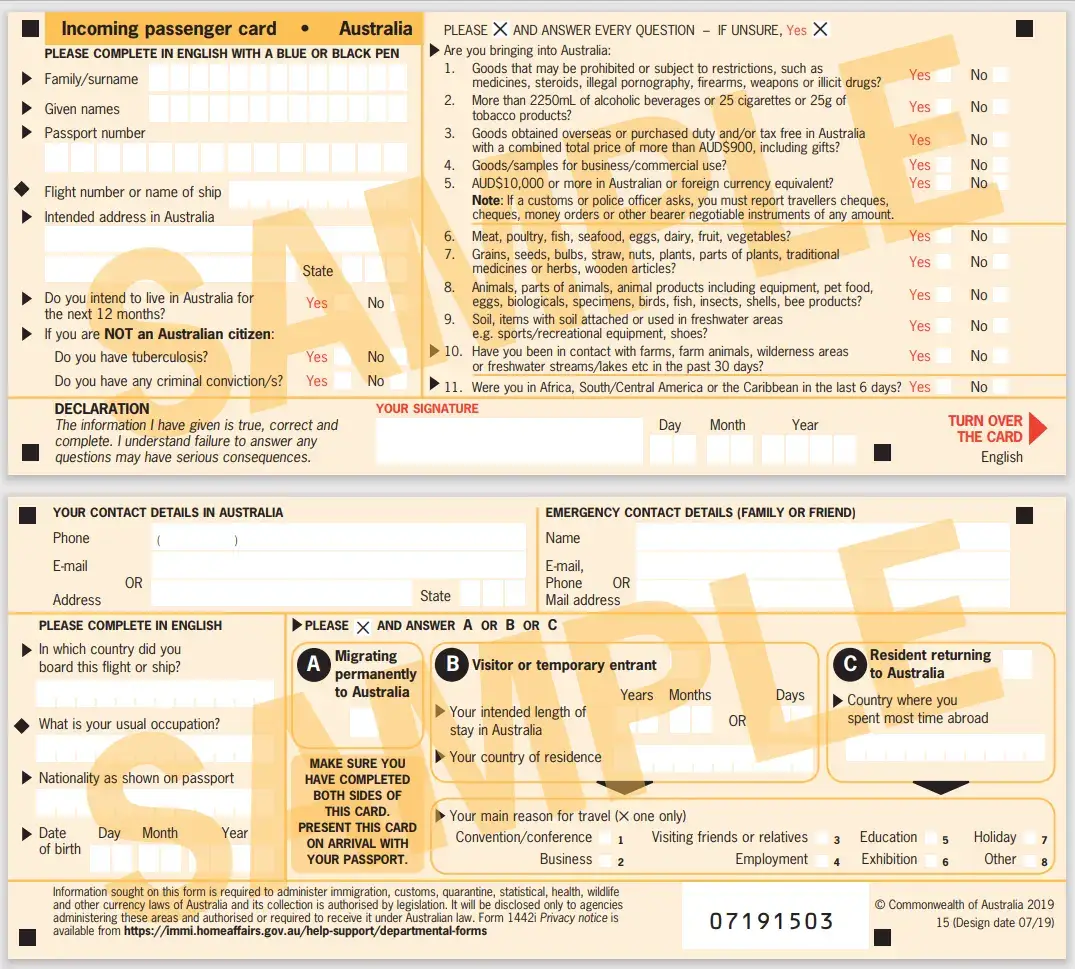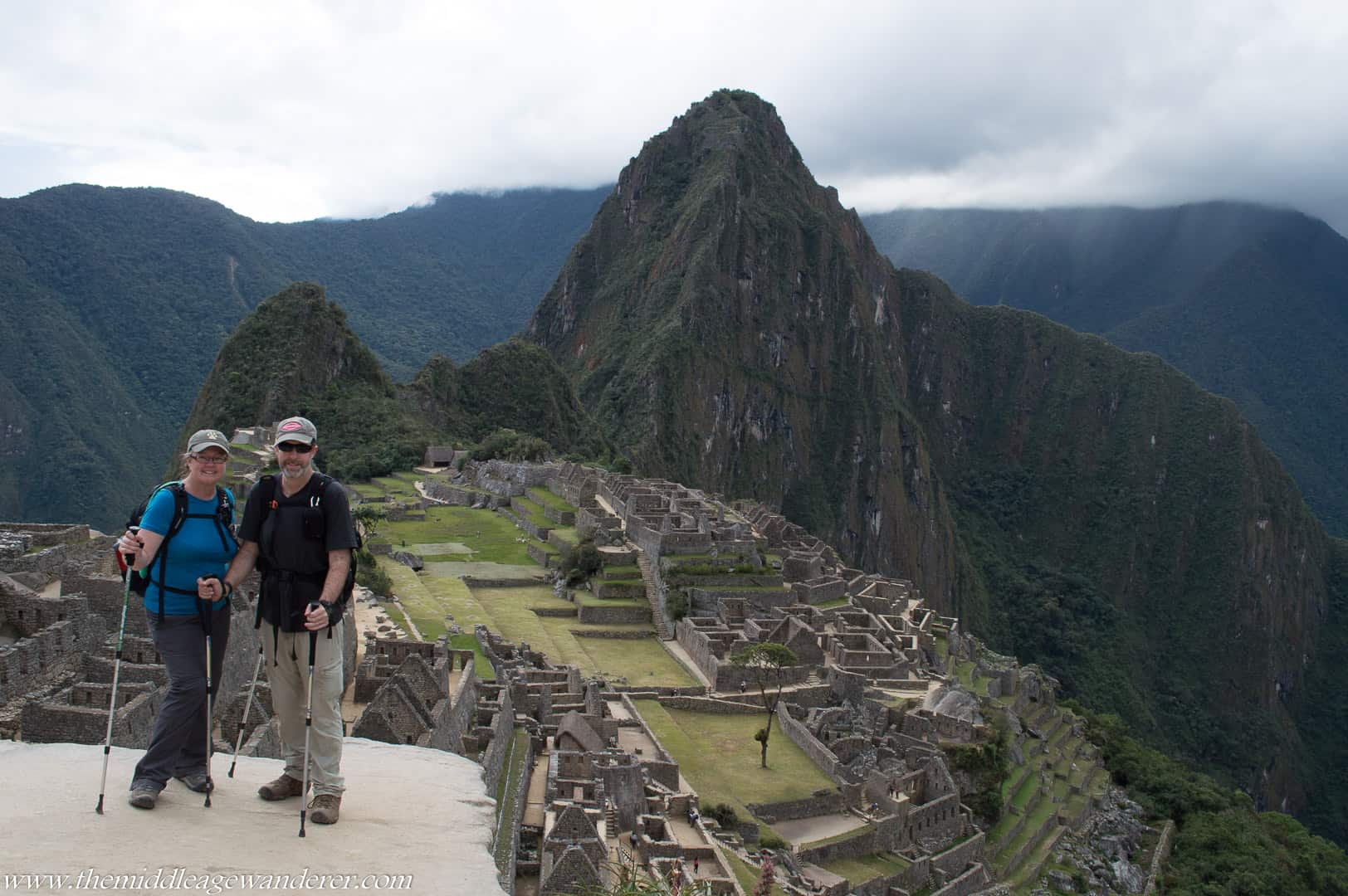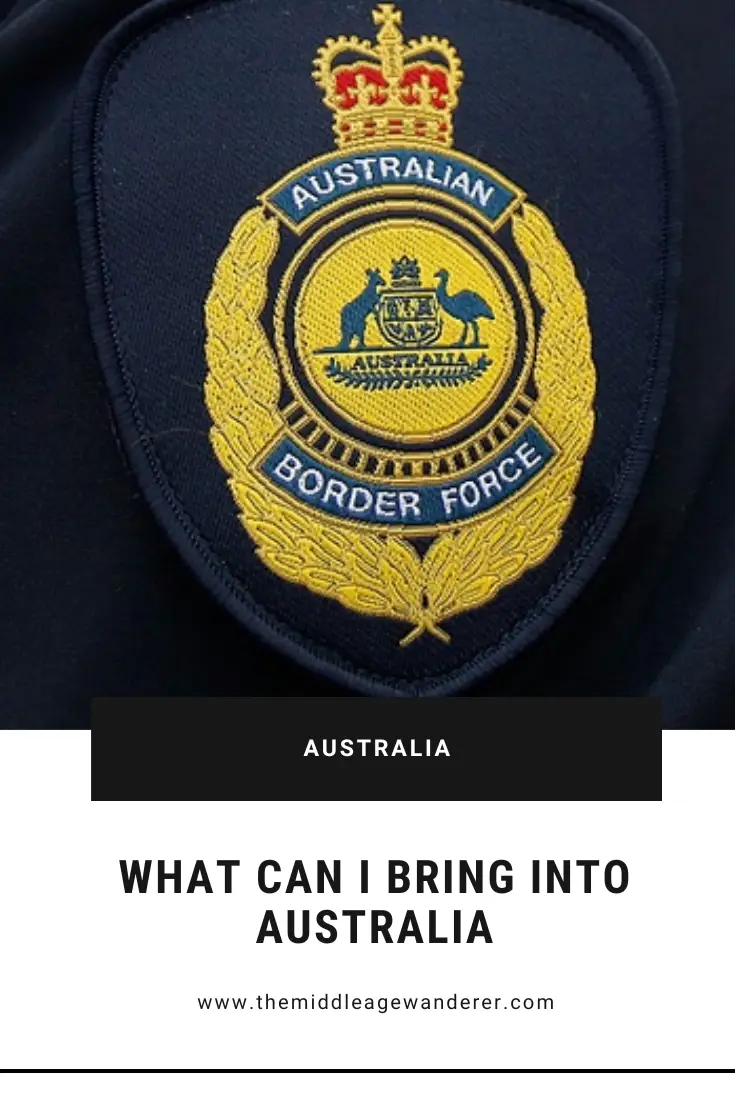

Travelling to Australia can be an exciting adventure with beautiful landscapes, unique wildlife, and vibrant cities. But before diving into your Australian experience, one important step is getting through customs. Australian customs are known for being strict, and for a good reason – the country takes its biosecurity seriously, and so it should. This guide will walk you through everything you need to know to get through Australian customs smoothly without any issues.
Australia’s strict customs regulations are designed to protect the country’s unique environment and agriculture. The island nation has ecosystems that aren’t found anywhere else, and invasive species or diseases could cause serious damage. Cane toads and fire ants are two such species that have caused significant and ongoing harm to Australian ecosystems. That’s why Australia enforces strict rules on what can and cannot be brought into the country.
Entering Australia involves two main processes: Immigration and Customs, which deal with biosecurity. Immigration is where your passport and visa are checked. Customs focuses on what you bring into the country, ensuring nothing harmful gets through.

Before you even leave for Australia, there are a few things you can do to make your Customs experience easier:
Do you use your laptop on public wi-fi when you travel? If you do you need to read my 8 Tips When Using Public Wi-Fi When Travelling article.

When your plane lands in Australia, the first thing you’ll do is go through Immigration. This is where you’ll show your passport and visa.

After clearing Immigration, you’ll head to the baggage claim and then to Customs, which is the heart of the biosecurity process in Australia. This is where your luggage might be inspected.
Australia’s biosecurity rules are designed to protect the country from pests, diseases, and environmental threats. Here are some common items you must declare:
Food: Any food, including snacks, spices, herbs, dairy products, and meat, must be declared. Even packaged or sealed food items should be declared, as some ingredients might be restricted. I had visited the United States to attend a Humane Society conference. While at the conference, I picked up some dog toys, one of which included meat-based treats. I declared the treats. The customs officer (who was absolutely lovely) needed to go through the list of ingredients in the treats. One ingredient was not allowed in Australia, so we cut the packaging holding the treats to the toy, and I went home with the toy but not the treats. Do not bring in fresh fruit or vegetables or home-made food.
Plants and Seeds: If you’re carrying any plants, seeds, or soil, you must declare them. Australia is very protective of its agriculture, so these items are usually subject to strict inspection or may be denied entry.
Animal Products: Items like leather goods, wool, or items made from animal parts must also be declared. This includes things like shell necklaces or souvenirs made from bones or feathers.
Medications: Some medications are allowed in Australia but must be declared, especially if they contain controlled substances. Make sure you carry a copy of your prescription and a letter from your doctor explaining why you need the medication.
Equipment and Gear: If you’ve been hiking or camping, any equipment that has come into contact with soil or water must be declared. This includes shoes, tents, and sports gear. It’s best to clean these items thoroughly before packing them. When we hike overseas, we always declare that we have been hiking on our return to Australia. We show that our hiking boots, poles, and other gear have been thoroughly cleaned and have no issues or concerns.
Duty Free: There are limits on how much alcohol and tobacco and cigarettes can be brought into Australia. If you are over the duty free limit, declare it. You can bring up to 2250ml of alcohol or 25 cigarettes or 25g of tobacco products without declaring them. But the best rule is don’t go over the duty free limit as you will likely be required to pay duty on those items.

If a customs officer stops you for further inspection, don’t panic. This doesn’t necessarily mean you’re in trouble. Customs officers may stop travellers at random or because something in their luggage looks suspicious on the x-ray.
Getting through Australian customs doesn’t have to be stressful. Here are some tips to make the process as smooth as possible:

Once you’ve made it through customs, you’re free to enjoy your time in Australia! Whether you’re heading to Sydney’s famous Opera House, exploring the Great Barrier Reef, venturing into the Outback, or sampling some of the great wine we produce, you can relax knowing you’ve followed all the rules and made it through customs without any issues.
Australian customs are strict, but for good reason. Our country’s unique environment needs protecting, and by following the rules, you’re helping to preserve Australia’s natural beauty. With the right preparation and a bit of patience, you can get through customs smoothly and start enjoying everything Australia has to offer.
Remember, the key to a hassle-free customs experience is preparation, honesty, and understanding the rules. With this guide, you’re well on your way to a stress-free entry into Australia. Safe travels!


Hi, I’m Lisa, a 50+ retired chartered accountant. My husband, Darren, and I explore the world every opportunity we get. Staying fit is key to our adventures, from hiking the Inca Trail to scuba diving. We call Australia home but travel overseas often, always eager to discover new cultures, bustling cities, cuisines, nature and wildlife.
We would love you to join us on our journeys and hope that our adventures give you encouragement to explore this amazing world.
Some of the links below are affiliate links, meaning, at no additional cost to you, I will earn a commission if you click through and make a purchase. This helps me to keep bringing you travel updates and news.
I only recommend companies and products that I personally use.
Explore the World with Us!
Join my newsletter for travel advice, tips and inspiration.


Discover Australia’s strict customs rules to protect its environment and agriculture. Learn what you can bring into Australia.

A comprehensive guide to tipping in Australia: learn about proper tipping etiquette for dining, hotels, transportation, and more.

Discover the perfect getaway at Jackalope Hotel on the Mornington Peninsula. Experience luxury accommodation, vineyard views and wine tasting.

Uncover the hidden gem of Mount Morgan, a town in Central Queensland with a fascinating history of gold mining as well as natural beauty.

Australia is known for its picturesque landscapes, diverse wildlife, and vibrant cities. But, it is also a haven for wine enthusiasts.
© 2024 The Middle Age Wanderer
Made with 